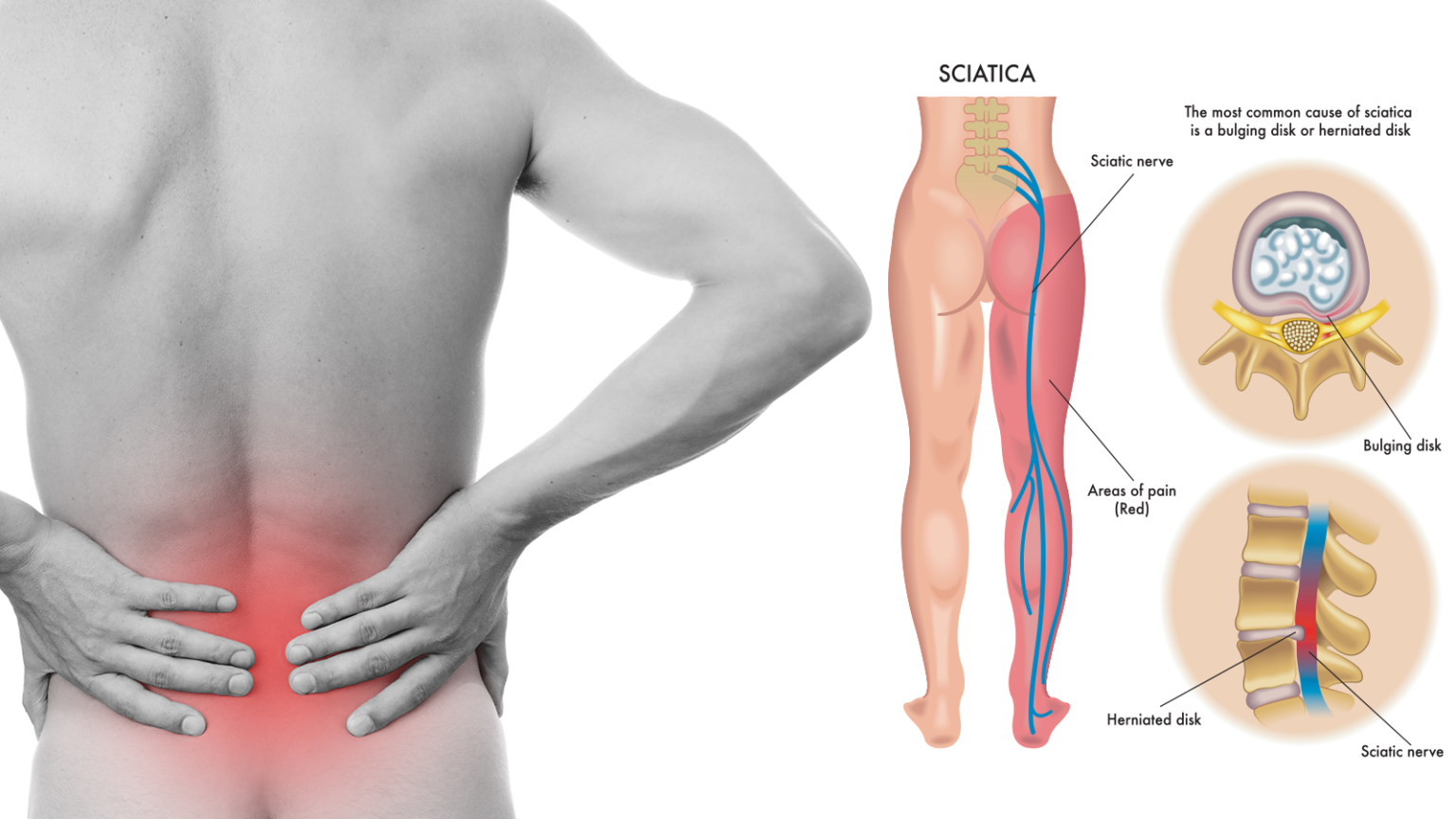
21 Mar Sciatic Nerve Anatomy
Many people have heard of sciatic nerves. However, it is likely that few non-medically trained people know where the nerves are situated or what functions said structures perform. Premiere Chiropractor and Sports Medicine, a healthcare practice that provides relief for sciatica pain in El Segundo. This article discusses the anatomy of both these pertinent nerves and the associated pain that occurs when said systemic components are injured or ailing.
Sciatic Nerve Anatomy
The sciatic nerves, which run along both the body’s left and right sides, are the two longest nerves known to the human anatomy. These structures begin in the spine’s lower lumbar region, traverse through the buttocks, thigh, legs and ultimately culminate in the feet.
Sciatica’s main nerves separate into two primary offshoots upon reaching the knee component called the popliteal fossa. The first is the tibial branch, which continues down the leg through the heel and eventually the foot’s sole. Additionally, there is the common peroneal branch, which traverses the knee’s outer portion to outer reaches of the leg and foot.
Sciatic Nerve Functions
The nerves are responsible for initiating almost all of the sensory and motor movements of the lower extremities. Specifically, persons cannot perform basic functions like knee bending, hip movement, pointing their feet and toes upward and downward without relatively healthy and functioning nerves. Furthermore, the neurological components are responsible for the skin sensations people feel in their hips, things, lower legs and feet.
Sciatic Compression
Any type of undue pressure or damage to the nerve can precipitate serious physical manifestations. In medical terms, affliction of either nerves is referred to as sciatica. Sciatica is a fairly common physical malady impacting anywhere from 10 to 40 percent of the world’s population at some point in their lives.
Symptoms
The location and severity of the associated physical manifestations will depend upon the specific injury and exact location of said issue. That said, nerve compression or injury could precipitate untoward events inside bodily structures through which the nerves travel.
Furthermore, the discomfort felt can vary from person to person. Certain individuals feel sharp, shooting pain that could last for extended durations or be impacted by specific movements or positions they assume while sitting or lying down. In others, associated pain could be more of an intermittent, dull ache. Additionally, some subjects report feeling of weakness, numbness or significant mobility issues in impacted extremities.
Causes And Risk Factors
Common precipitating factors include age, traumatic injury like a fall, herniated spinal discs, the narrowing of the spinal canal, a job that necessitates significant heavy lifting and bending. lifestyle habits like cigarette smoking and potentially nerve-damaging medical conditions like diabetes.
Diagnosis
Diagnosis might take time. In some cases, identifying the underlying cause for nerve damage or compression might require medical tests or the administration of diagnostic tools such as, X-rays and other spinal scans produced by devices like Computerized Tomography, CT or Magnetic Resonance Imaging, MRIs.
Treatment
Specific remedial efforts will depend upon the underlying cause and the condition’s severity. However, common treatment options include the application of cold and hot to impacted regions, stretching exercises, surgery to alleviate compression or deformity, physical therapy or the administration of various medications.
Contacting Us
Individuals who believe they might be stricken with sciatica pain are encouraged to contact us. A chiropractor El Segundo can perform a thorough evaluation and if sciatica is the diagnosis, may be able to offer suitable treatment plans. More information about sciatica pain relief in El Segundo can be found by visiting https://premierechiro.com/.


